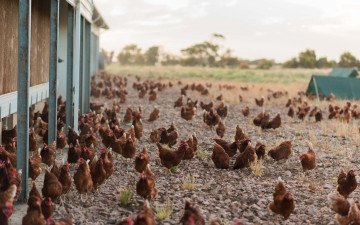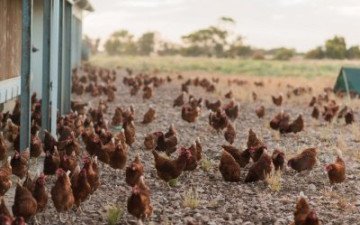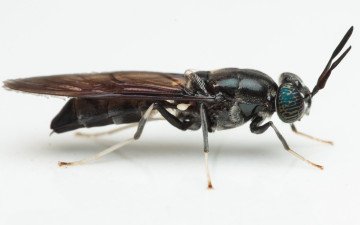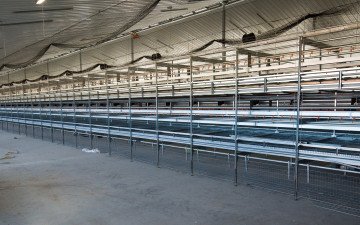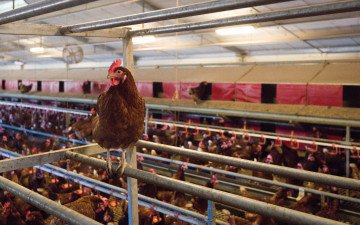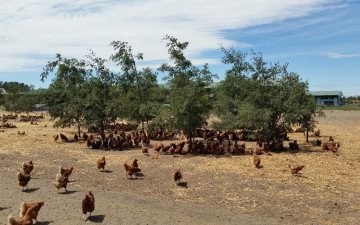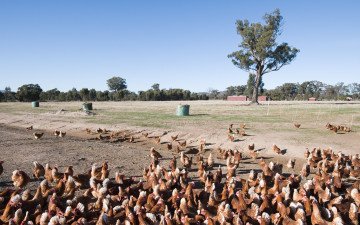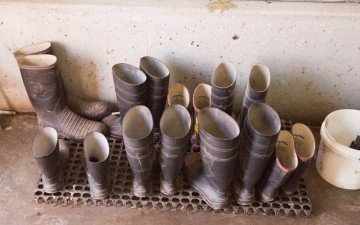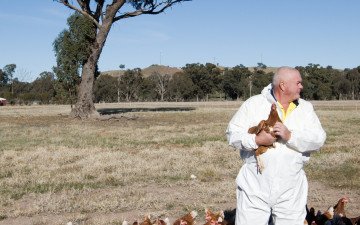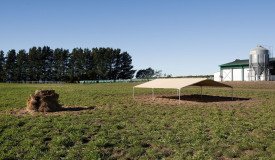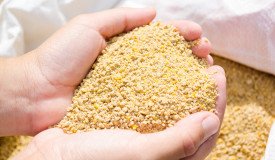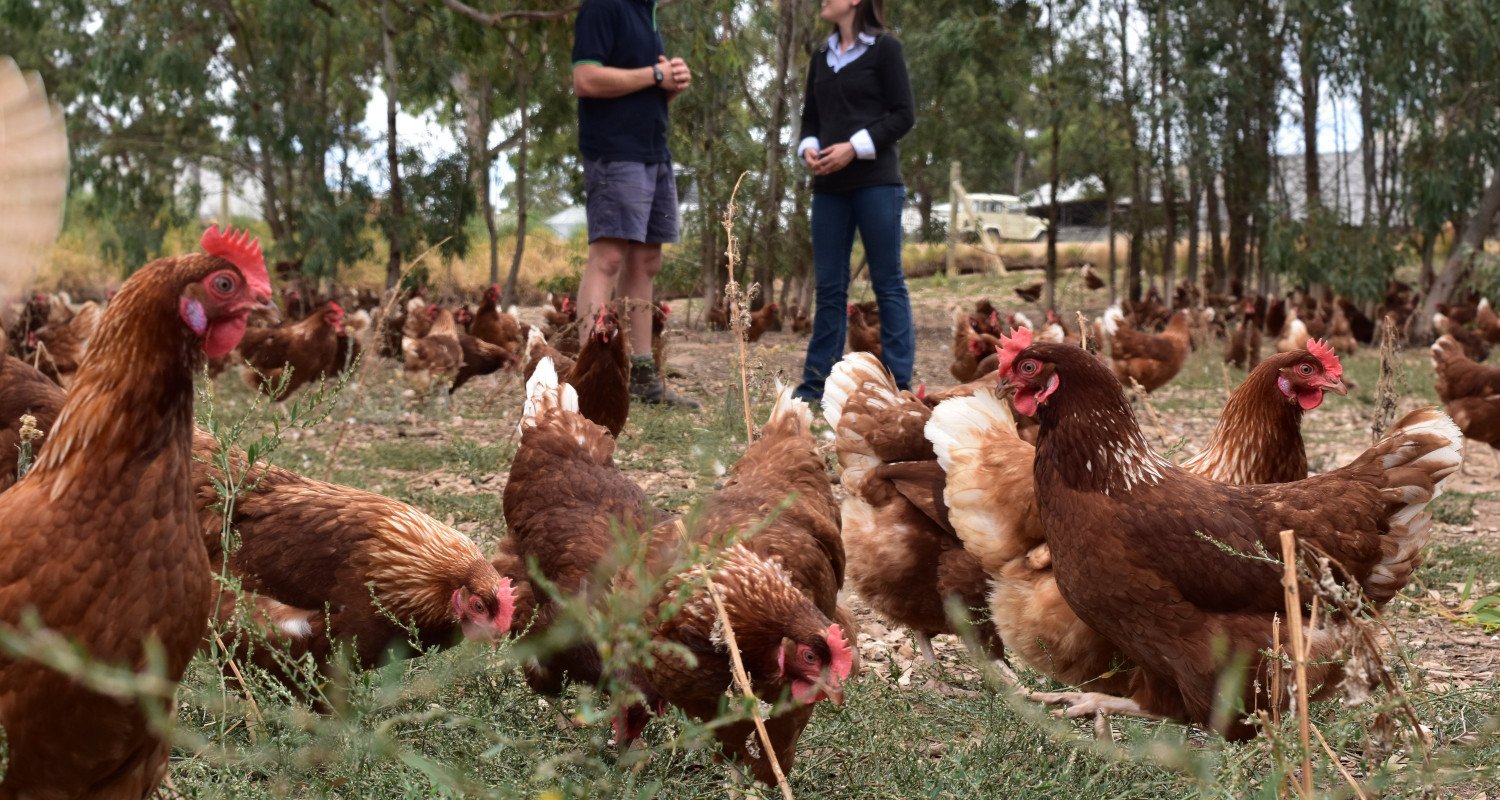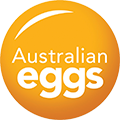
Leading Research
To generate focused research, Australian Eggs works with industry to build a clearer understanding of the needs of farmers, identifies research groups with the skills to address the issues, and develops targeted research project ideas that have clear pathways to on-farm adoption.
Filter by Category

Hen ranging behaviour in relation to light and UV intensity
This project found that free range hens will avoid times of peak sun intensity and thus may not range as much during the summer months.

What causes smothering in commercial free-range laying hens?
A project to identify factors associated with smothering.
Practical strategies to measure hen welfare
This project developed a method to detect positive and negative affective states in layer flocks through blood and egg samples.

Eggs to improve Choline intake in pregnancy
If women consumed the equivalent of one extra egg a day, the percentage of women with adequate choline intakes would increase from 39% to 80%.

Effects of egg consumption on vitamin D status of adults
Despite Australia’s reputation as a sunburnt country, the vitamin D deficiency rate in Australians is among the highest in the world during the winter months.

Closing the Loop: Black Soldier Fly technology to convert agricultural waste
Black soldier fly farming (BSF) provides a low-cost waste management solution for converting agricultural waste into high quality fertiliser (BSF castings or frass) and protein (BSF larvae as animal feed).

Spotty Liver Disease Epidemiology
This project identified key risk factors for Spotty Liver Disease outbreak.
Sustainable worm control with improved understanding, methods and information availability
Through surveying producers, collecting faecal samples and examining spent hens, researchers will be able to determine the prevalence and significance of worm infection in free range layer flocks in Australia.

Decontamination project for the Australian poultry industry
In this jointly funded project, researchers will address knowledge gaps in current decontamination procedures in the broiler and layer industries. Researchers will develop a guideline comprised of everyday decontamination procedures, which will help to manage the risk of disease infecting and spreading within poultry flocks.

Optimising performance, health, flock consistency & egg quality characteristics through management
In this project, researchers will work with free range farms to understand the management factors which influence common problems in free range systems such as variable peak of lay timing and inconsistent egg size and quality.

Resilient plants to entice hens outdoors on free range farms
The aim of this project was to consolidate available agronomic information and provide an up-to-date resource for free range egg farmers on what and how to plant on the range. To complete this project the researcher integrated existing research on the topic, as well as learnings from 5 'case study farms' that the researcher worked with throughout the project.

Determining resource requirements for removal of waste from egg farms
These resources will assist egg farms in planning their approach to waste disposal, particularly in preparing for infectious disease in the flock. Using a risk-based approach these resources will enable egg farmers to identify the resources that would be needed on their farm to support the disposal of all types of poultry farm waste.
Traceability Technology Desktop Review
To review current egg traceability systems and available technologies to support enhanced traceability in the Australian egg industry

On-farm Biosecurity Risk Identification Framework for the Australian layer industry
This report provides a support tool for Australian egg producers to determine biosecurity risks on-farm. As well as assisting Egg producers in understanding what constitutes a risk and why, the report offers potential management strategies to decrease on-farm risks to biosecurity.

Opportunities to increase engagement of Australian egg producers with biosecurity practices
This project identified factors that influence adoption of biosecurity practices by Australian egg producers, and provides direction on initiatives that may help improve adoption across all sectors within the industry.
Projects you might find interesting
Practical strategies to increase individual layer hens feed efficiency
The overall findings of this study reveal that significant variation exists in the feed efficiency of layer hens. In this project, hens that put on more weight from the point of lay to mid-lay tended to be less feed efficient and have poorer quality eggs. The high feed efficient hens had better egg quality and were less prone to liver damage or fatty liver.

Review of rodent control for the Australian chicken meat and egg industries
This final report on current rodent control strategies employed by the Australian chicken meat and egg industries also includes a manual for producers on use of rodenticide products.

Barriers to the implementation of Max- profit and Stochastic models to industry
This research found that more resources and education may be needed to help nutritionists implement Stochastic and Max- profit feed formulation in the Australian layer industry.

Traceability for the egg industry
Robust traceability systems are critical to ensuring that in the event of egg quality and food safety issues, the correct farms, specific production areas or sheds can be efficiently identified, and steps taken to rectify concerns.
 >
> 